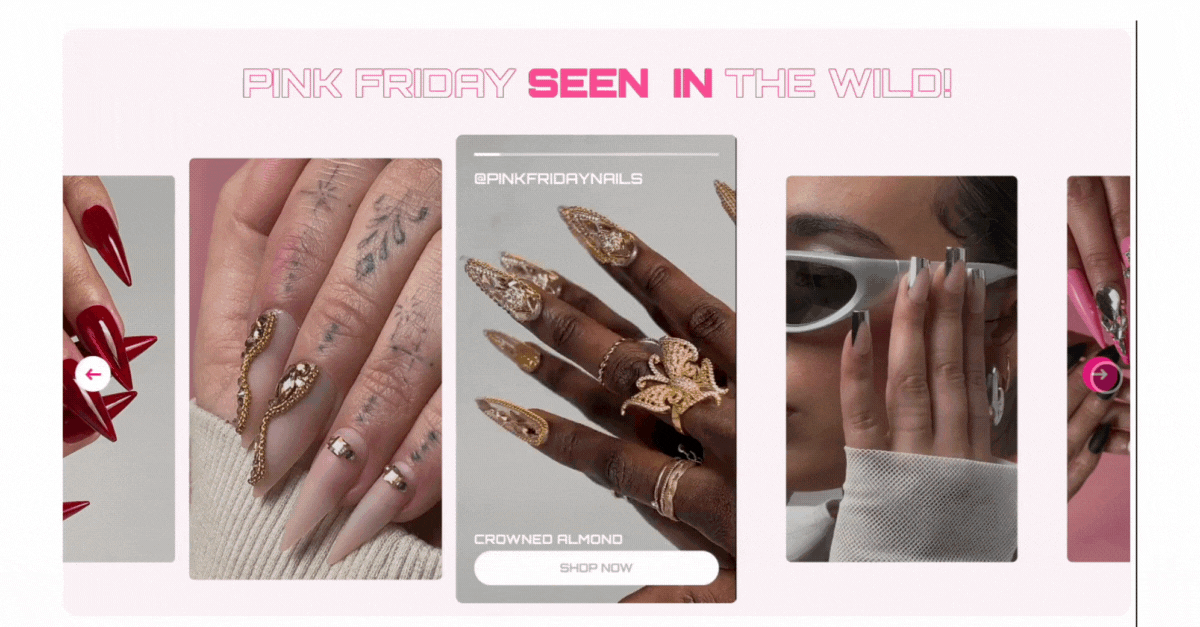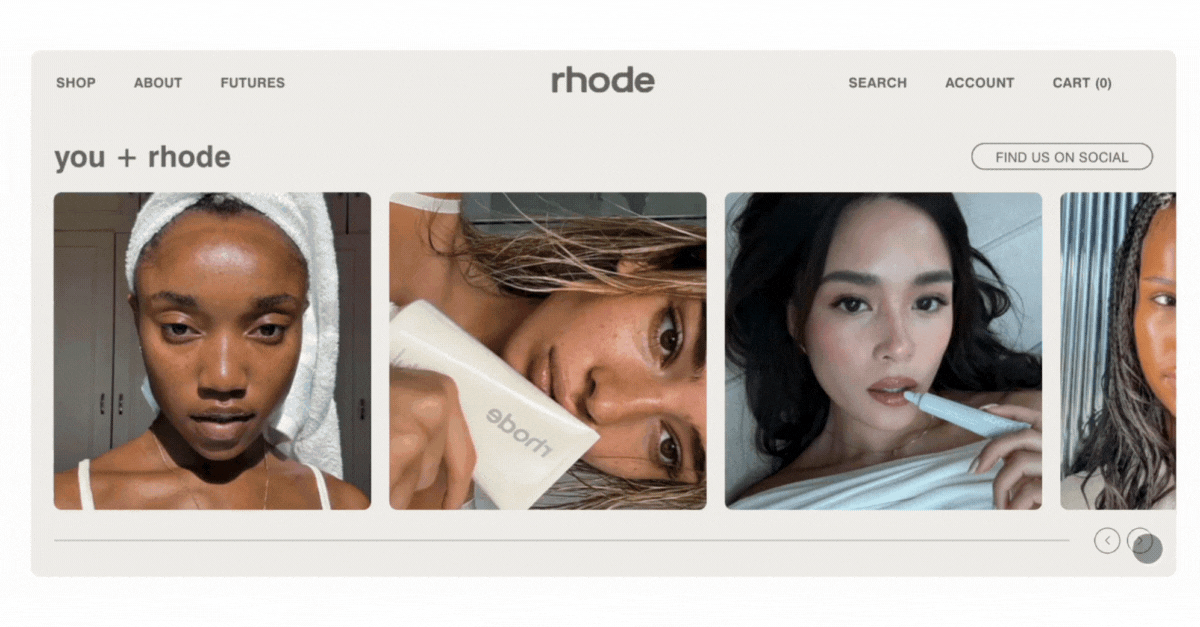Article published: 3/27/24
The Social Shopping Revolution: How Websites are Evolving for the Age of Likes and Shares
Social commerce is forcing an adaptation in the online shopping landscape by bridging the gap between traditional online shopping and social media engagement. Today, consumers crave connection, entertainment, and the authenticity of real-life recommendations. They want their shopping experience to be social, and websites are evolving to meet this demand.
Take Pinterest, for example, who recently released their "body type ranges" tool that personalizes clothing searches, reflecting the social shopping trend of inclusivity and real-life recommendations. This is just one example of how social media platforms are innovating to cater to the social shopping experience. The numbers back it up:
- Global social commerce revenue is predicted to hit $1.64 trillion in 2024, a 30.8% increase from last year [2].
- Statista predicts this trend will only accelerate, reaching $2.9 trillion by 2027. As social commerce continues to gain momentum, websites are transforming to meet this demand [3]
From Static Pages to Shoppable Social Hubs
Ecommerce websites are transforming into shoppable social hubs, integrating elements of social media to enhance the shopping experience. Here's how they're adapting:1. Shoppable Social Content:
Forget staged product shots. User-generated content (UGC) and social media integration is the lifeblood of social commerce, driving authenticity and engagement. Websites are embracing social media by featuring dedicated sections where customers can submit photos and videos of themselves using products in real-world context. This fosters trust and provides valuable context for potential buyers. Brands are also taking this as an opportunity to showcase their platforms, like Instagram, to further amplify their social reach. This can be seen on sites like Pink Friday, Rhode, Sans, Daniels Jewelers, and many more. This authenticity resonates with today's consumers who crave real-life recommendations over traditional advertising.


2. Tapping into the Influencer Economy:
The power of social media influencers is undeniable. Websites are capitalizing on this by featuring curated collections from popular personalities. Examples of VAAN powered brands utilizing "Charli's Edit" on Damelio Footwear or Gordon Ramsay approved products on Hexclad, leverage influencer power to engage with consumers and boost conversions. That's the magic of social commerce – leveraging the entertainment value of social media to drive instant sales.
3. Seamless Checkout Experiences:
Social commerce prioritizes speed and convenience. Websites are adapting with one-click checkout options and integrating social media logins to eliminate checkout hurdles. Discovering a product on Instagram and seamlessly completing the purchase with an integrated "Checkout with Instagram" button, makes the buying journey frictionless and efficient.The Future is Shoppable (and Social):
Social commerce is not just a trend or a technical shift for websites - it's a fundamental change in how brands connect with consumers. By embracing the power of real-life recommendations, user-generated content, and influencer voices, websites are transforming into vibrant social hubs that cater to our desire for authenticity and connection. As social commerce continues to evolve, one thing remains certain: the future of shopping is far more social than ever before.
https://techcrunch.com/2024/03/11/pinterest-rolls-out-its-body-type-ranges-tool-to-the-us/ https://www.grandviewresearch.com/industry-analysis/social-commerce-market https://www.statista.com/statistics/1251145/social-commerce-sales-worldwide/